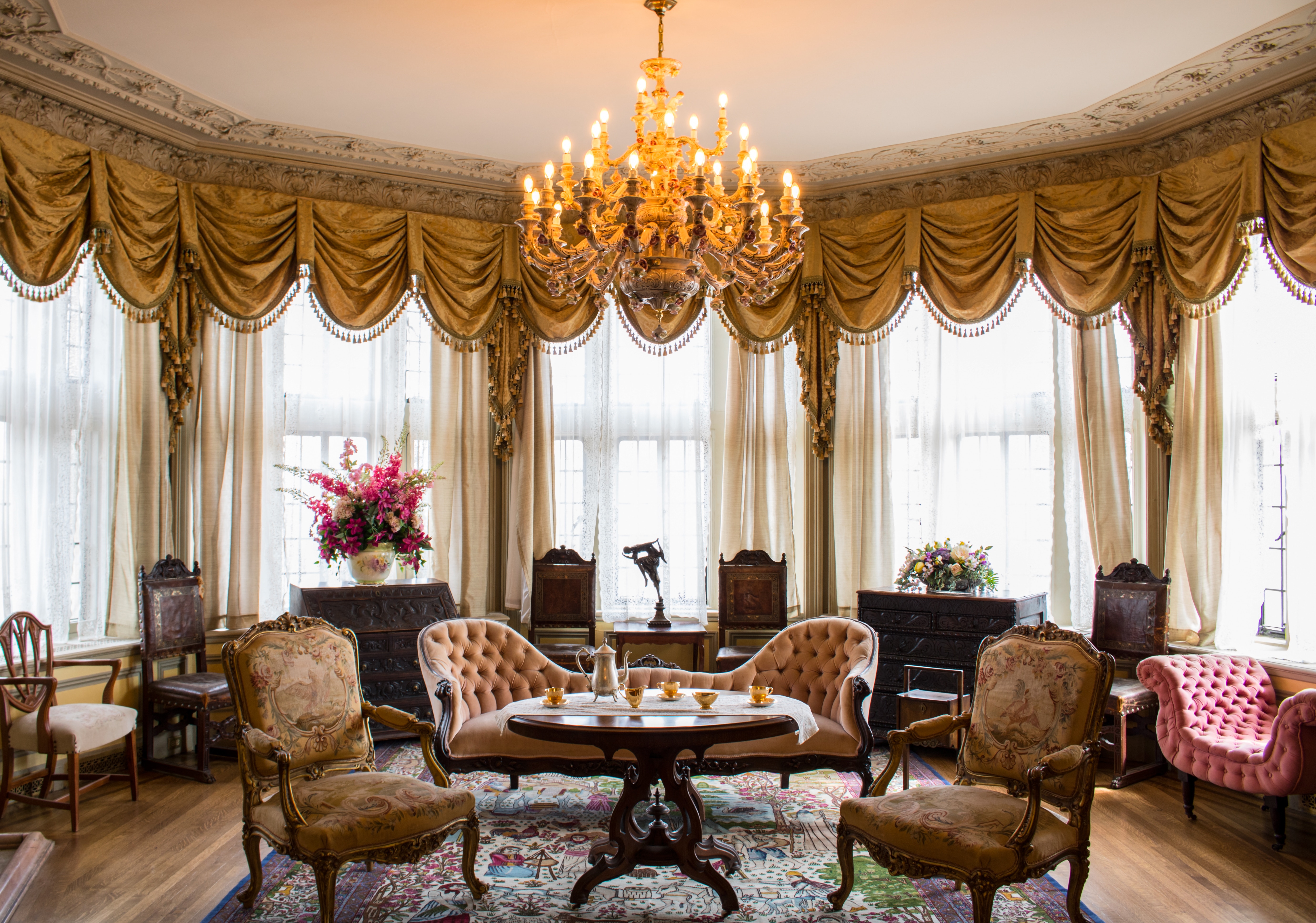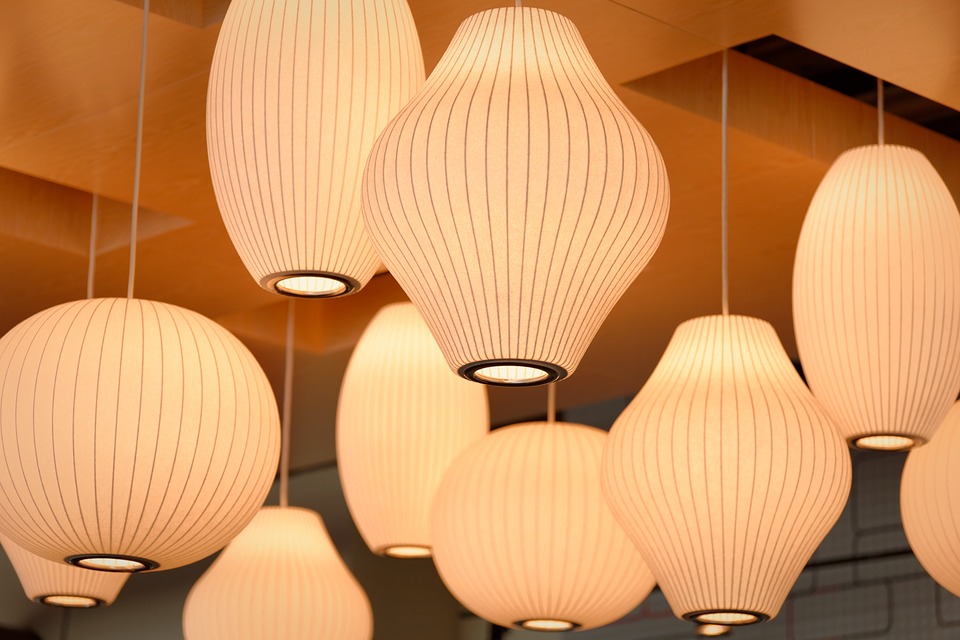
Photo by Francisco De Legarreta C. on Unsplash
There is generally a fairly clear consensus on what “going green” means – it denotes adopting a variety of habits, lifestyle choices and techniques in order to live a more eco-friendly life. One of the pillars of going green in the twenty-first century is the energy-efficient lighting. This is true due to a very obvious reason – energy-efficient lighting provides an easier transition to a more environmentally friendly lifestyle and using it helps to reap the benefits quickly. However, these are only a few of the many advantages of energy-efficient lighting.
What’s the deal with this?
The difference between your traditional incandescent light bulbs and the energy-efficient variants can be quite striking – the latter ones can use about 10% of electricity normally “devoured” by the incandescent bulbs and they convert most of that energy into light. This means that you will not only save electricity, but you won’t get that extra source of heat which can be really troublesome during the summer heat waves – which are getting more and more extreme as the global warming intensifies. In addition, energy-efficient light sources are also more malleable – when it comes to the color of light as well as the light intensity, there is simply a lot of choices in the world of eco-friendly lighting.

What are your options?
Now, the first thing every household owner who is thinking about going energy-efficient will ask is – what are the options? When it comes to energy-efficient lighting, the most prominent options are compact fluorescent lamps – also known as CFLs, and LED lights, which is an abbreviation for light-emitting diodes. The initial price tag of both options mentioned above is significantly higher than the price of your run-of-the-mill incandescent light bulbs. But look at it as a form of investment in a more financially feasible future, as they will reduce the waste of electricity in your household and your monthly bills will get lower.
CFL light sources are very popular for exteriors, and there is a high chance you actually already own one or two CFLs to illuminate your garage or your tool shed. LEDs are becoming the staple of energy-efficient lighting as they are mercury-free and they come in countless shapes and forms. LEDs are very popular as portable sources of light and they often adorn bicycles. Both of these types of lighting have entered households as the smartest options for saving energy right now.
What are the additional tweaks?
However, your options do not end with a mere light bulb overhaul. You can also go a step further and call the most reliable electrician in Sydney to redo your light switches and install the new ones with control for the level of lighting. You can also ask the electrician about adding the motion-sensors for the exterior lights if you live in a house. When it comes to fixtures, you should know that there are indeed new models that come with ENERGY STAR stamp, but when it comes to whether you need them with all of these changes applied, the best course of action is to consult a reliable and experienced electrician. All in all, such investments might appear to be hefty right now, but they will influence the overall waste of electricity for the better.

Do the benefits stop there? What about flaws?
While CFLs and LED lights spend less electricity, they are also far from perfect. For example, CFL light sources also have some heavy metals and toxins within them, and since the exterior protection glass is very brittle, it can be quite hazardous if the light breaks. While LED lights are significantly safer in terms of toxicity, some research has shown that they too contain some toxic materials. However, the benefits outweigh the flaws, and considering how much toxins we breathe in on daily basis in the modern world, the effects are insignificant, even if the bulbs break.
In addition to being versatile and saving electricity, these light sources are also very durable. While the regular incandescent light bulb can last between two to six months, CFL or LED light source can shine on for years on end. LED lights can last between five and ten years, so when you compare this to how much money you spend on incandescent bulbs in the same time span, the energy-efficient variants actually come off as cheaper.
Every major change begins with a first step, and when it comes to eco-friendly living, replacing your old incandescent light bulbs with energy-efficient LEDs or CFLs is that first step for so many people. After that, even the biggest cynics and the most stubborn individuals will be sold on the idea of energy-efficient living as soon as the significantly reduced electrical bills begin to come in.
Guest post by Diana Smith
About the Author
Diana Smith is a full time mum of two beautiful girls and is interested in sustainability, ecology and home improvement. She enjoys exercising and preparing healthy meals for her family. You can find her on Google + here and Twitter here.
You may also like
Tips for Making Your TV-Watching Experience More Energy-Efficient
Sustainable Lighting: Tips for Living Green
Ways to Build the Off-Grid Lifestyle While Living in a City
Energy-Efficient Home Design: How to Save Water and Energy
